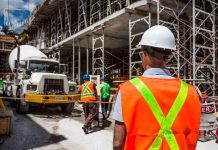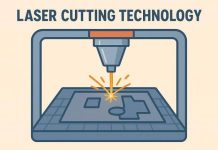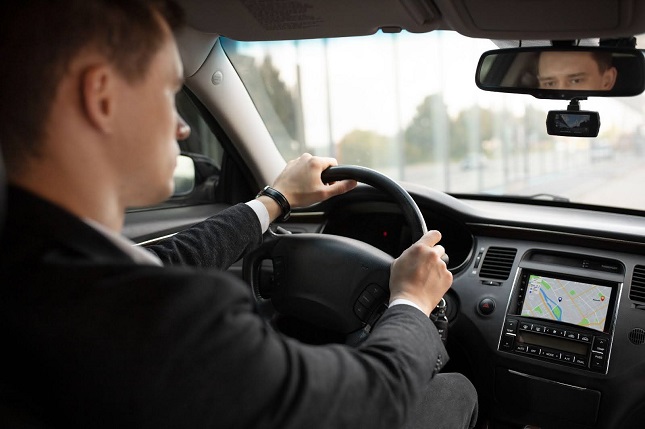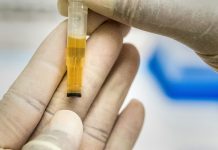Most crashes aren’t caused by reckless speed or mechanical failure. They’re caused by timing. More specifically, by how a driver uses the brief window between seeing a hazard and taking action.
Drivers don’t react the moment danger appears. First, they must notice what’s happening. Then, they need to process it, decide how to respond, and finally brake, steer, or both.
The full process, from first sight to first action, is called perception-reaction time (PRT).
PRT is one of the most overlooked variables in crash reconstruction, yet it influences:
- How far a vehicle travels before braking
- How much can the speed be reduced
- Whether the crash could’ve been avoided
While many reconstructions rely on fixed assumptions, real-world driver reaction times vary based on the driver, the hazard, and the context.
In this post, we’ll break down what perception-reaction time looks like on the road, and how modern research is reshaping the way we evaluate response time in forensic investigations.
What is Perception-Reaction Time?
Perception-reaction time is the period between when a driver first detects a hazard and when they physically begin to respond, usually by pressing the brake pedal, steering, or both.
It has two main stages:
Perception Time: The time it takes for a driver to notice a stimulus and recognize it as something requiring action.
Reaction (or Response) Time: The time it takes to physically move a foot to the brake or hands on the wheel once the decision is made.
Together, they form the complete driver perception-reaction time window.
Why is PRT Important in Crash Outcomes?
When reconstructing crashes, experts often ask: Did the driver have enough time to avoid the collision? The answer depends directly on perception-reaction time.
Stopping Distance: Even with strong brakes, the car doesn’t slow until after the driver reacts. Extra fractions of a second at 60 mph translate into dozens of feet traveled before braking begins.
Crash Severity: If the driver reacts late, they may still reduce speed before impact, but not enough to prevent injury.
Liability: Courts typically examine whether a driver ‘responded’ within human limits, or whether distraction or impairment made their reaction unreasonably slow.
Factors That Affect Perception-Reaction Time
Perception-reaction time changes from one situation to the next, depending on both external conditions and what’s happening inside the vehicle. Here’s what influences how quickly a driver can perceive and respond to a hazard:
1) Visibility
Poor visibility makes it harder to spot hazards early. Darkness, fog, glare, rain, or visual clutter on busy roads can delay how quickly a driver notices a problem. If the hazard blends into the background or is partially blocked by something, the driver might not see it in time to react.
2) Road Conditions
When the road is wet, icy, or full of potholes, drivers tend to focus more on keeping control. The split attention can slow down how fast they notice new hazards. In rough conditions, drivers may also hesitate before reacting, especially if braking or swerving could make things worse.
3) Driver Attention
Even when drivers are looking at the road, they’re not always fully focused. If their mind is elsewhere, or they’re scanning for directions or looking for a turn, they may not register a hazard right away. The brain filters out a lot of information when attention is divided, and that delay can cost time.
4) Fatigue
Tired drivers react more slowly. Fatigue affects both how quickly someone notices a problem and how fast they move to respond. It also increases the chances of missing subtle or slow-moving hazards altogether, particularly during long or boring drives.
5) Distraction
Distractions like phones, in-car screens, food, or conversations pull attention away from the road. Even short distractions can add half a second or more to driver reaction time: enough to travel 40 to 50 feet at highway speed before the driver starts to brake.
6) Complexity of the Hazard
Some hazards are easy to spot and clearly dangerous, like a car swerving into your lane. Others are slower and harder to read, like a pedestrian stepping off the curb or a car inching out of a driveway. Drivers react faster to obvious threats than to unclear or slow-developing ones. It’s a normal human response, not negligence.
Is PRT Always 1.5 Seconds?
No, and treating it that way can lead to severe errors in crash analysis.
For years, 1.5 seconds has been used as a common assumption for perception-reaction time in many reconstructions. But research shows that PRT varies depending on the situation.
Using a single fixed number for every crash is inaccurate for several reasons:
- Different events have different starting and ending points.
- Not all crash scenarios are the same.
- Human response times vary naturally.
Because of this, trained investigators don’t rely on a universal value. Instead, they use scenario-specific data to evaluate when a response was realistically possible, and how that shaped the outcome.
How do Researchers Measure Perception-Reaction Time?
Perception happens inside the brain, so it’s not something you can see directly. So, how do researchers figure out when a driver first notices a hazard and how long it takes them to respond?
To study PRT in real crashes or test scenarios, researchers use clear, repeatable trigger points: specific, visible events that would reasonably alert a driver to danger. These triggers start the clock.
For example:
- A pedestrian stepping off the curb
- A lead vehicle slamming on the brakes
- A car entering the driver’s lane
- Brake lights suddenly turning on
- A stop line is being crossed at an intersection
Once the trigger occurs, researchers measure how long it takes for the driver to react by braking, steering, letting off the gas, or doing something else.
Researchers usually study response times across hundreds of different scenarios and drivers. Over time, they can compare reaction times based on visibility, speed, distraction, or other human factors in driving.
How Does PRT Impact Crash Investigations?
PRT helps answer one of the most important questions in crash investigations: Did the driver have enough time to respond?
During an investigation, officials look at how long the hazard was visible, when the driver started to react, and what actions they took. By comparing this timeline to known PRT ranges from research, investigators can determine:
- If the driver’s response was reasonable for the situation
- How much time or distance was available between the hazard and the crash
- Whether the crash was avoidable or happened too quickly for any human to react in time
This is particularly important in cases involving claims of distraction, impairment, or delayed braking. If a driver’s reaction falls well outside the expected range, it may point to something interfering with their attention or ability to respond.
Accurate PRT analysis also strengthens reconstructions used in court. It shows what real drivers do in real conditions, not just what’s theoretically possible.
Final Thoughts
Perception-reaction time may only take seconds, but its impact stretches across every part of a crash investigation. Questions of fault, avoidability, and preventability often hinge on how long it took the driver to see the hazard and act.
When investigators understand how drivers respond (not just how they’re expected to), they can move from assumptions to evidence. It becomes clear why some crashes were truly unavoidable, why others might have been prevented, and how smarter design of vehicles, roadways, and policy can reduce risk.









































